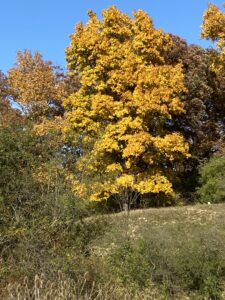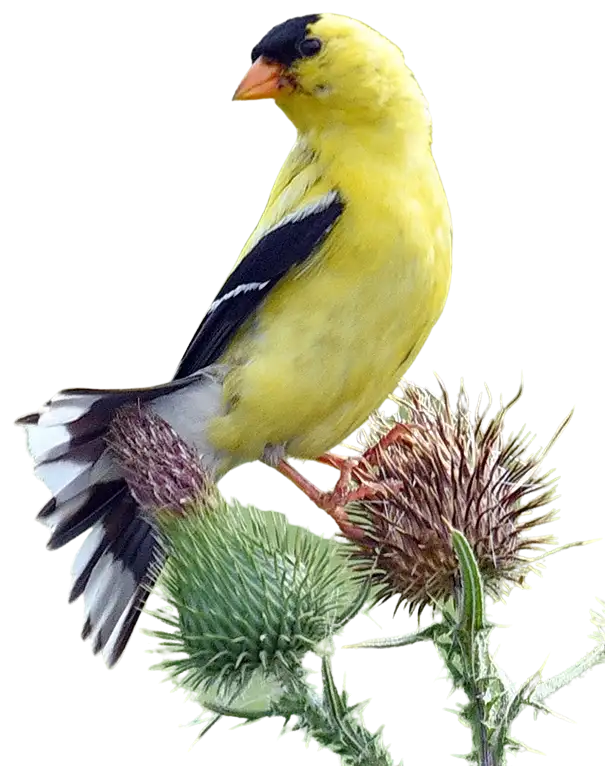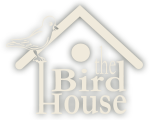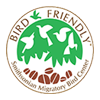In the name of all that is birdy, stop the fall cleanup madness!

Clearing and bagging all of the leaves, twigs, and small branches in your yard every fall can steal winter shelter from the birds we all love. At the same time, mowing your gardens flat before the snow flies eliminates the nesting and egg-laying materials that butterflies need in fall and winter—so there are fewer caterpillars in spring, and reduced numbers of butterflies in summer.
Piles of leaves and brush in our yards help to make up for all the bird habitat that has already been lost to manicured, monocultured, herbicide-doused lawns. Birds rest and roost in these brush piles, often gathering in large groups to huddle together and block out wind and cold.
If your neighbors are horrified by the idea that you would let leaves lay where they land all winter, try raking or blowing them into your flower beds or into one corner of your property. You’ll still get that emerald expanse, but you’ll be helping birds and butterflies at the same time.
The rewards will be significant: You’ll find birds congregating in these piles as the snow flies, using them as shelter from the elements. American Tree Sparrow, House Sparrow, Cedar Waxwing, American Robin, Blue Jay, Northern Cardinal, Carolina Wren, Brown Creeper, House Finch, American Goldfinch, Black-capped Chickadee, Dark-eyed Junco, Tufted Titmouse, and finches arriving from northern regions (Red and White-winged Crossbills, Evening Grosbeak, and Common Redpoll, for example, if we’re lucky enough to have a “finch winter”) all may look for shelter on or near the ground in winter to get out of the wind. A big pile of brush may come alive with rustles and chirps as the days grow colder. Won’t that make winter fun?
Most birders also enjoy butterflies, and we all know how important these tiny, colorful creatures are to pollinating our native flowers in summer. Butterflies require certain “host plants” to breed, laying their eggs on the specific plants or trees that caterpillars will need for food when they hatch the following spring. When you clean up your gardens in fall, however, you may cut down the dead stalks of the very plants on which your local butterflies have laid their eggs. Snipping off an unsightly milkweed, coneflower, or Joe-Pye weed stalk, for example, may eliminate an entire generation of butterflies. Meanwhile, the seed head that remains at the top of the stalk after the flowers die can feed birds throughout the winter, bringing them to your dormant garden just when you’re craving some entertainment outside your window.
If you need to explain this to your neighborhood homeowners’ association when they come over to scold you, show them this blog. Let’s all try to be part of the solution for birds and butterflies this winter, by getting comfortable with a few piles of leaves and some skeletal stalks left standing in the snow. We are giving you official permission to skip raking your yard this month. Isn’t that great? Relax and watch your birds!



